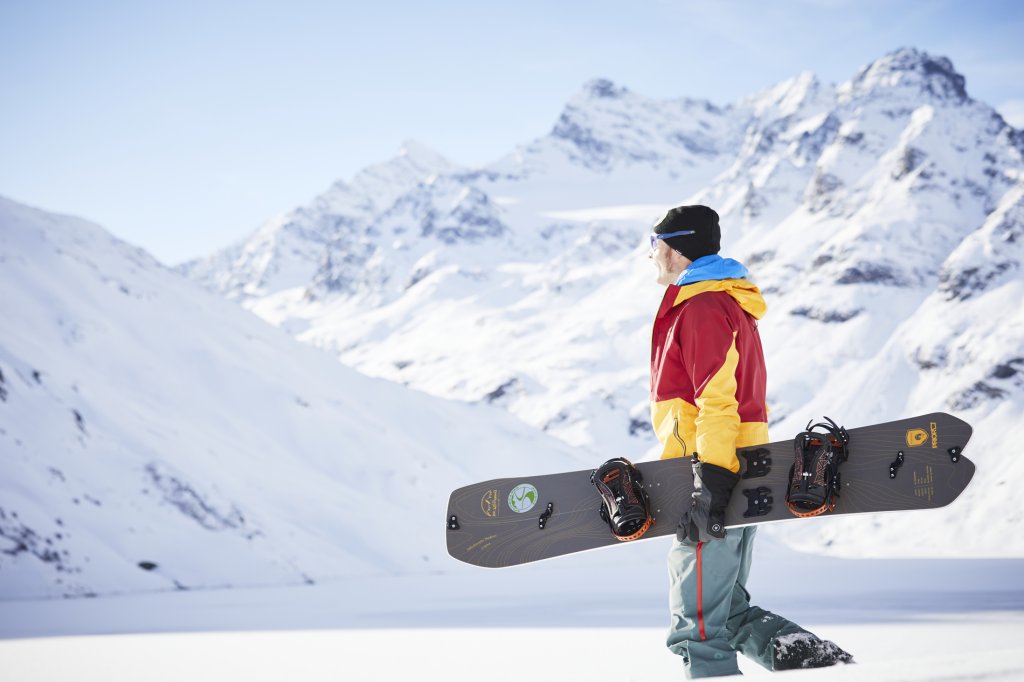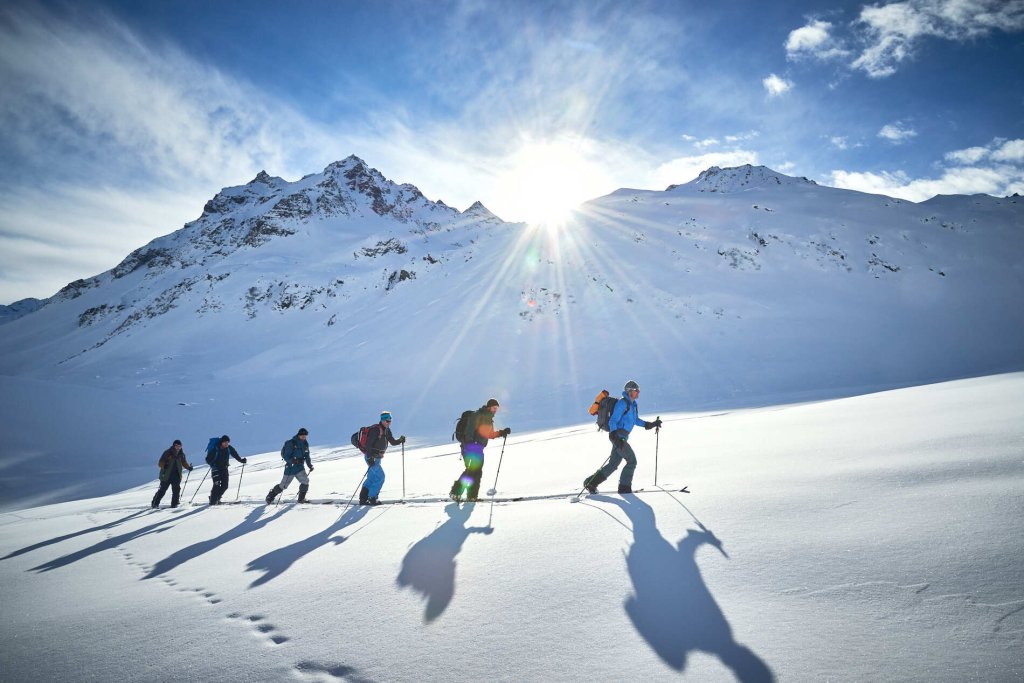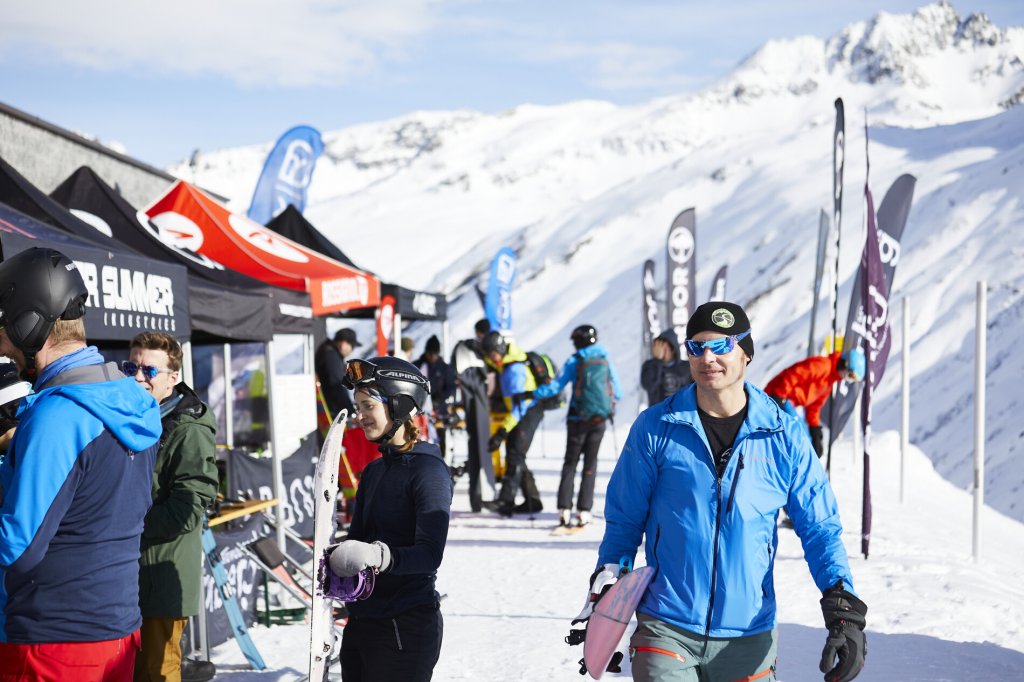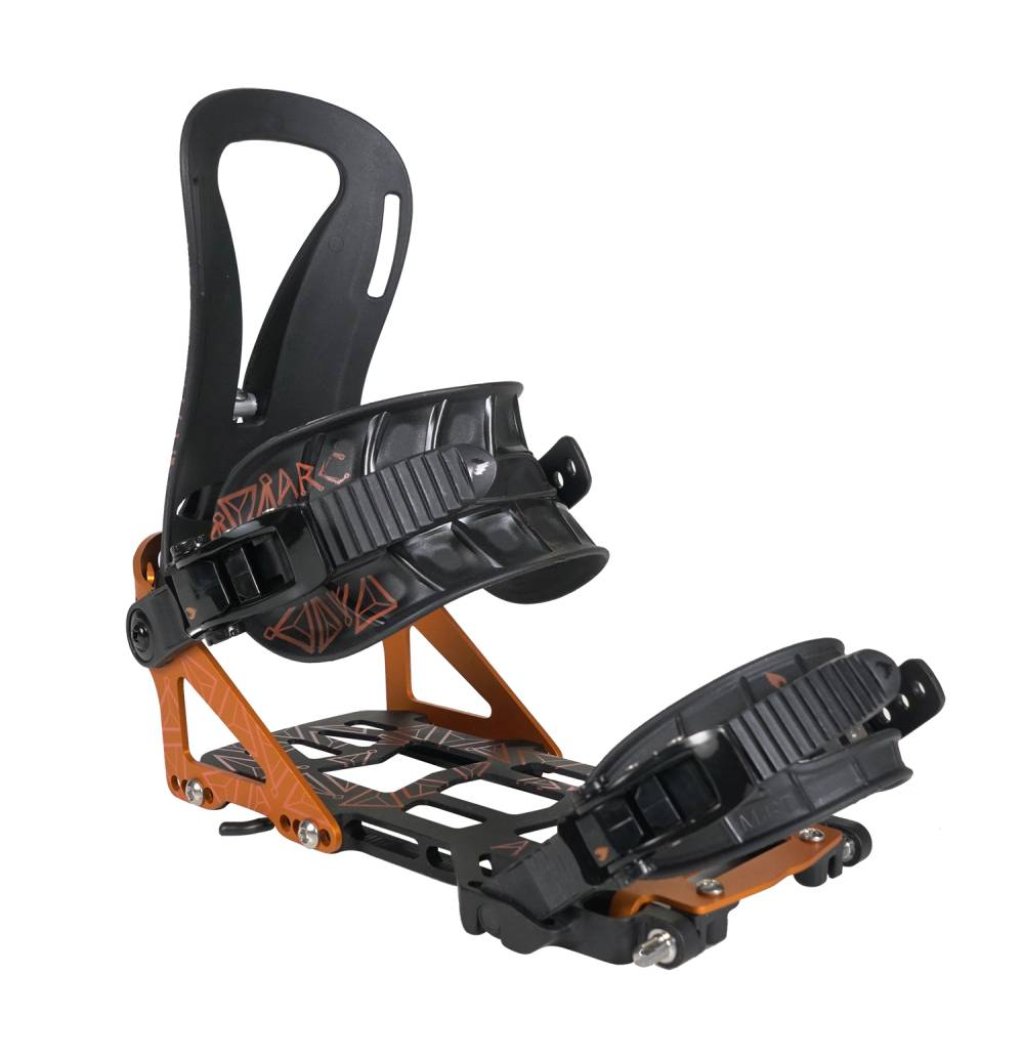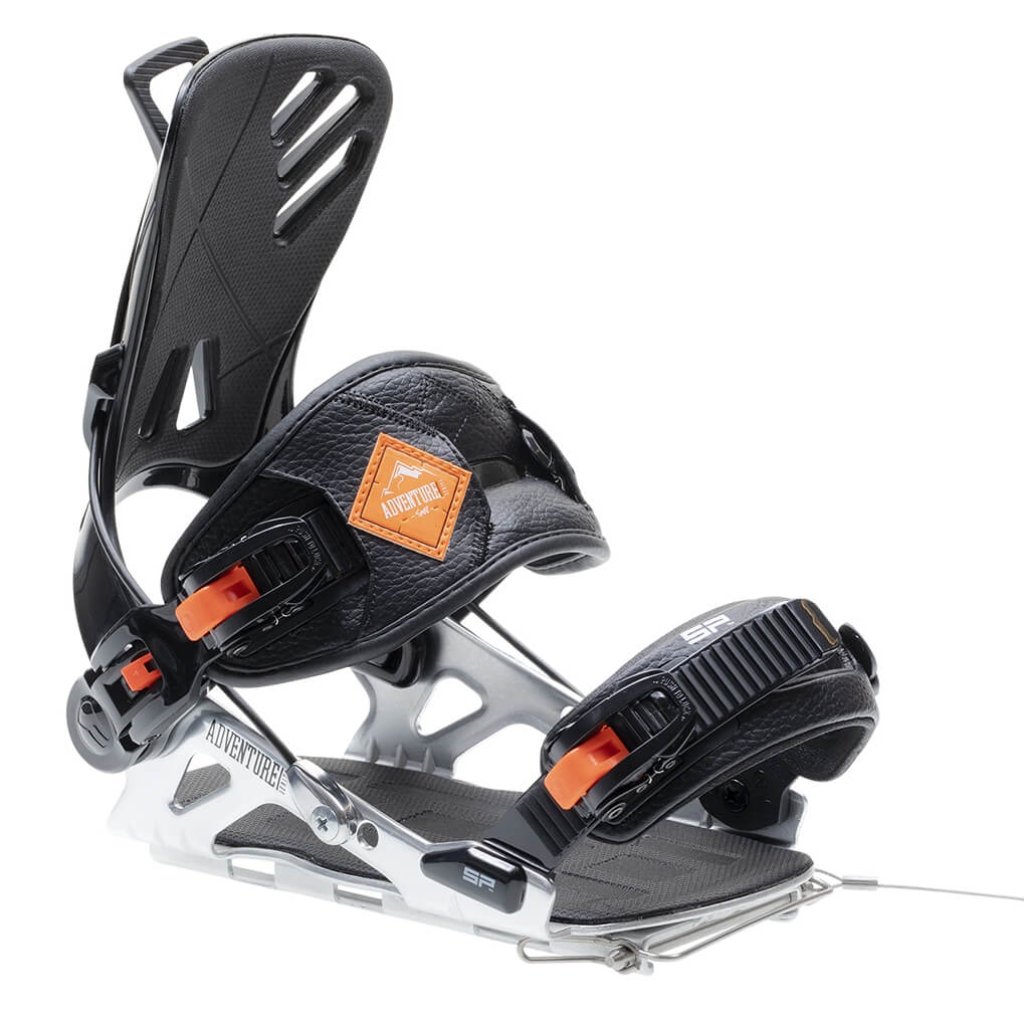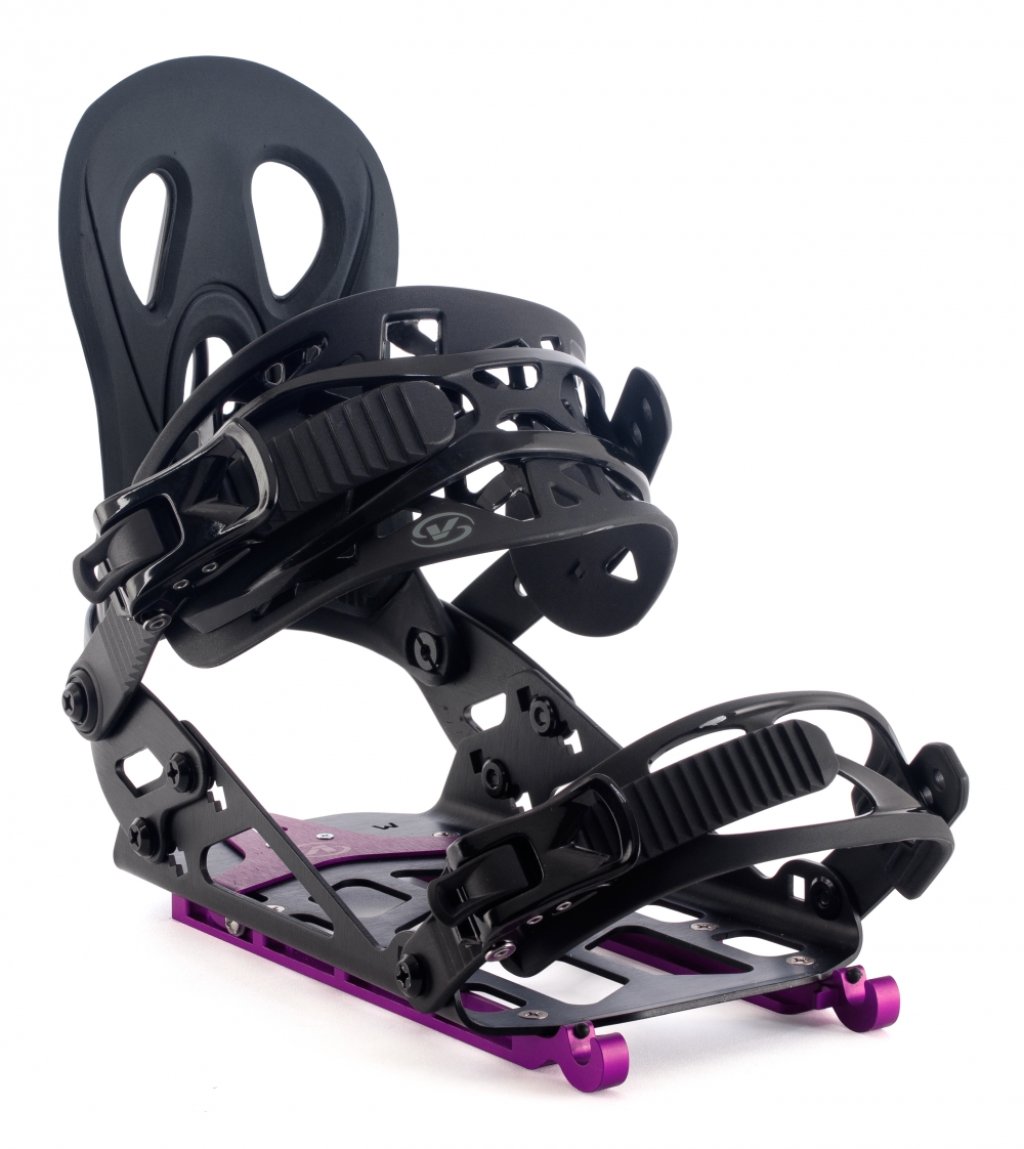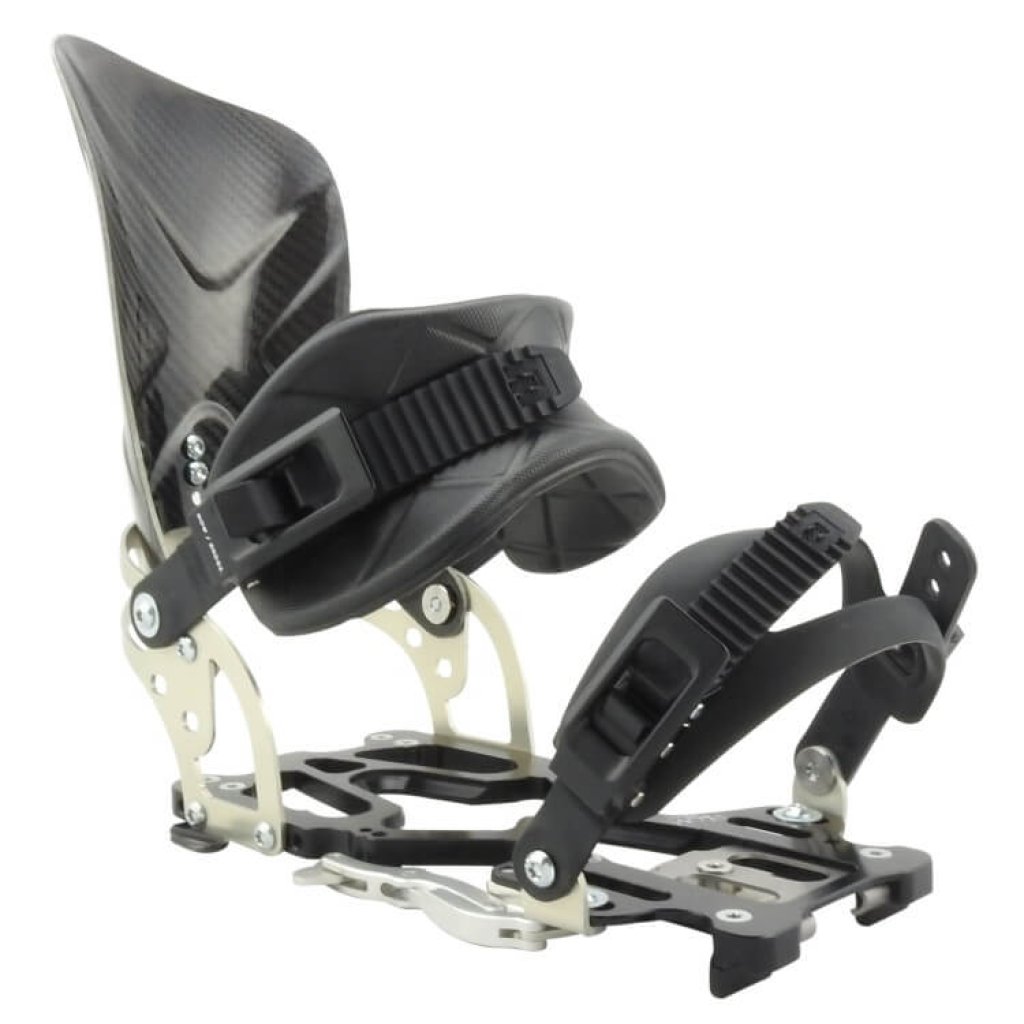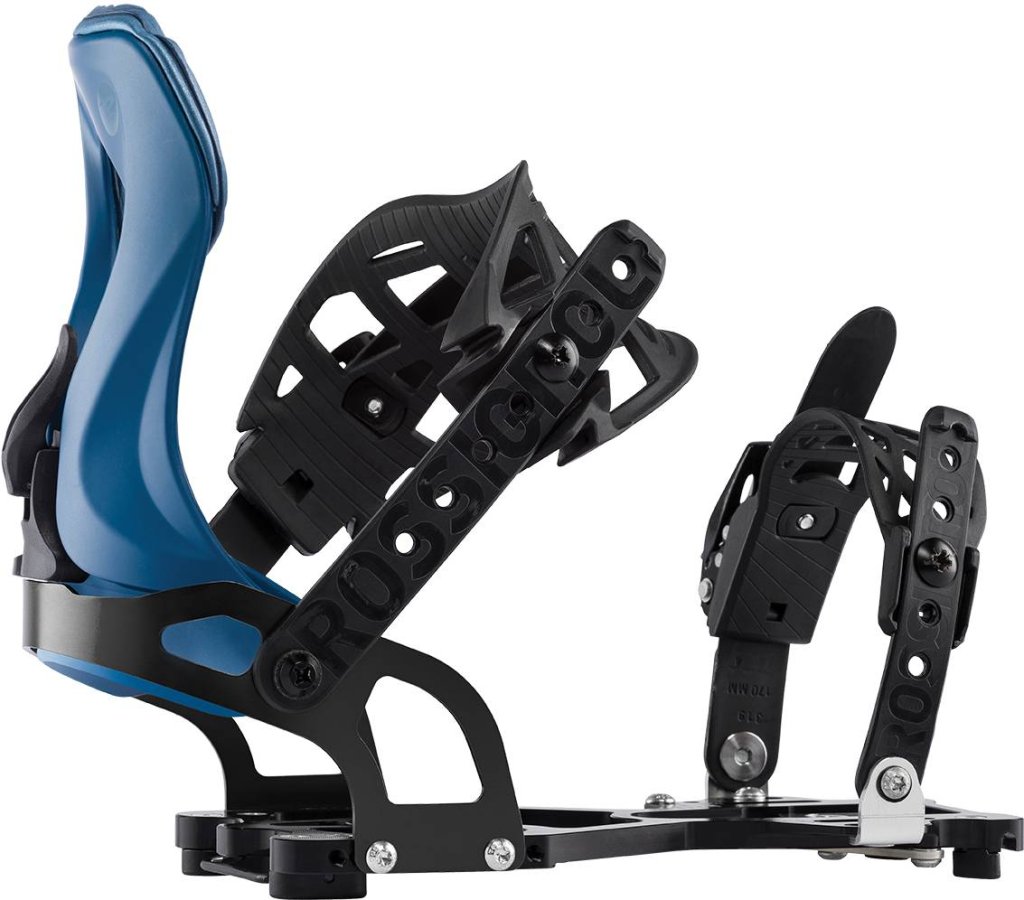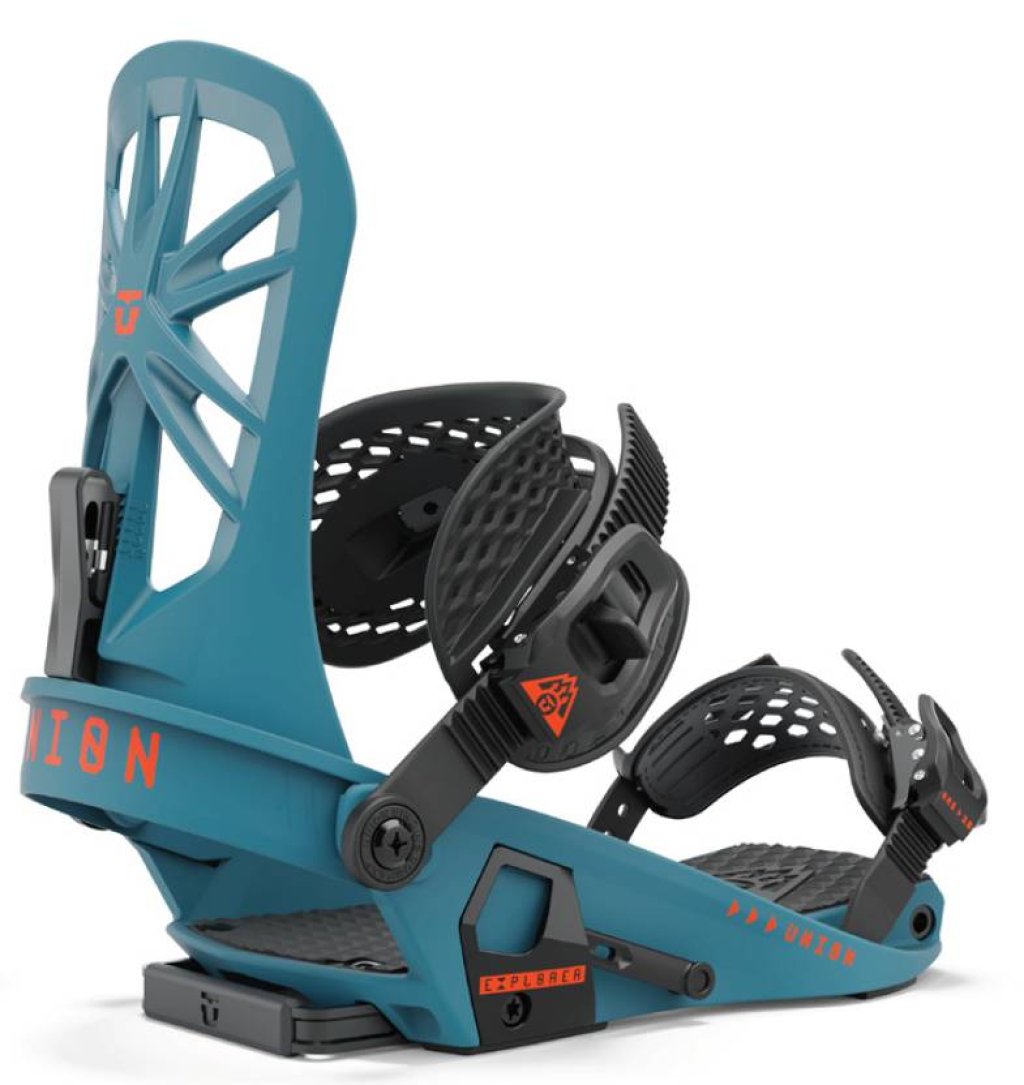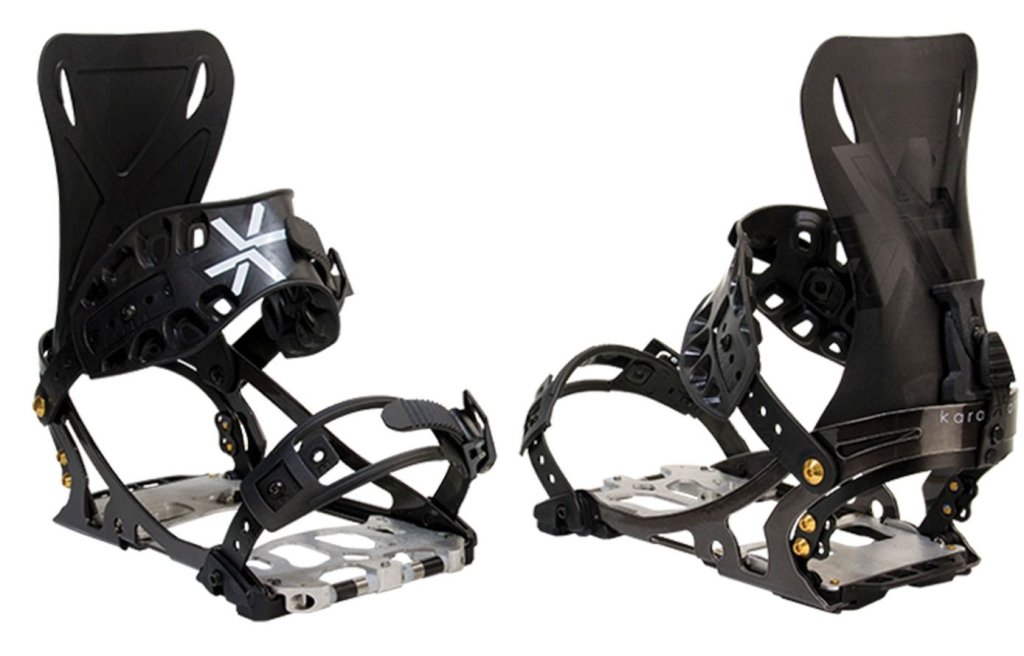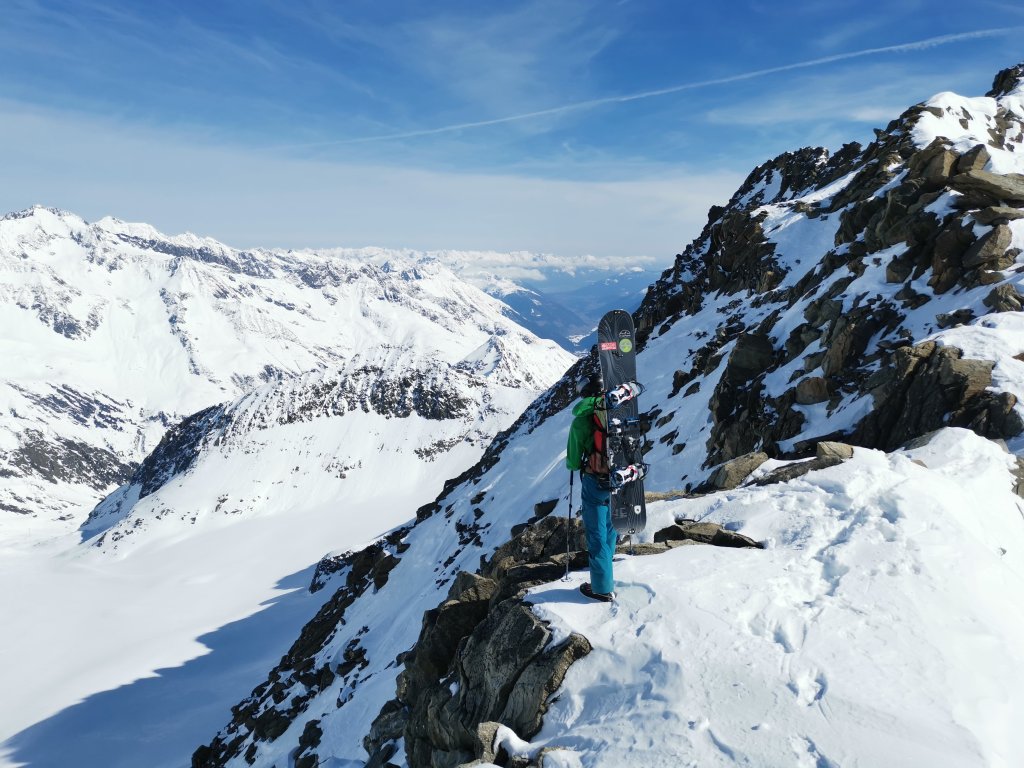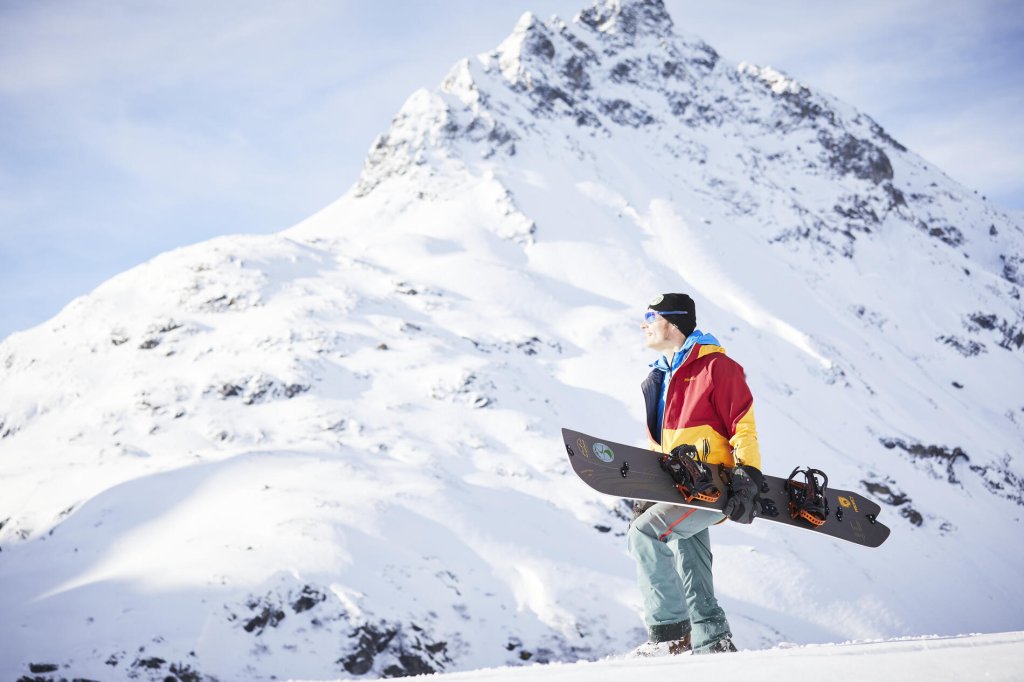Advertising // This post is part of an advertising partnership between mr.splitboards and PowderGuide. It is a so-called advertorial, which was created in coordination with mr.splitboards. // Advertising
Simon, would you please introduce yourself briefly?
I am a ski touring guide and owner of Splitboards Europe. I have been instrumental in shaping the distribution of splitboards in Europe. I have lived from and for splitboards for over 20 years. On the one hand, I sell the material that has passed our product test, on the other hand, I introduce over 400 guests to our beautiful winter sport every season with my team. That's why I've been known as mr.splitboards for a few years now.
So you normally pass on your knowledge at camps and trips, which wasn't possible last winter 20/21, so did you have the motivation to graphically illustrate the binding systems?
In a way. I've been listening and watching how the splitboards and bindings work on the mountain in all conditions and with all demands of different snowboarders for a very long time - and I'm also partly involved in the development. My overview is based on my many practical experiences with various guests on the mountain. You can see the quintessence in the Tech Tutorial below in the video and on the next page.
